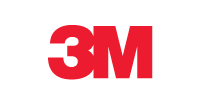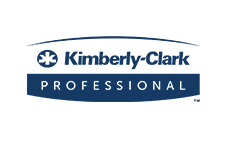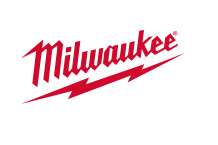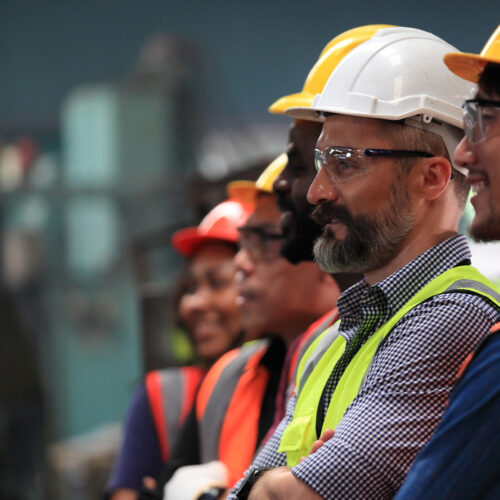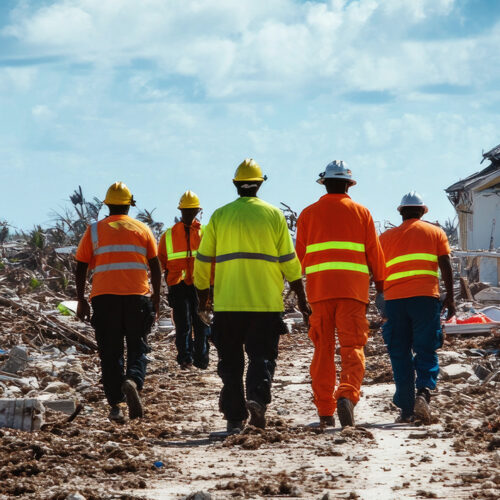The Dangers of Working in Hot Conditions
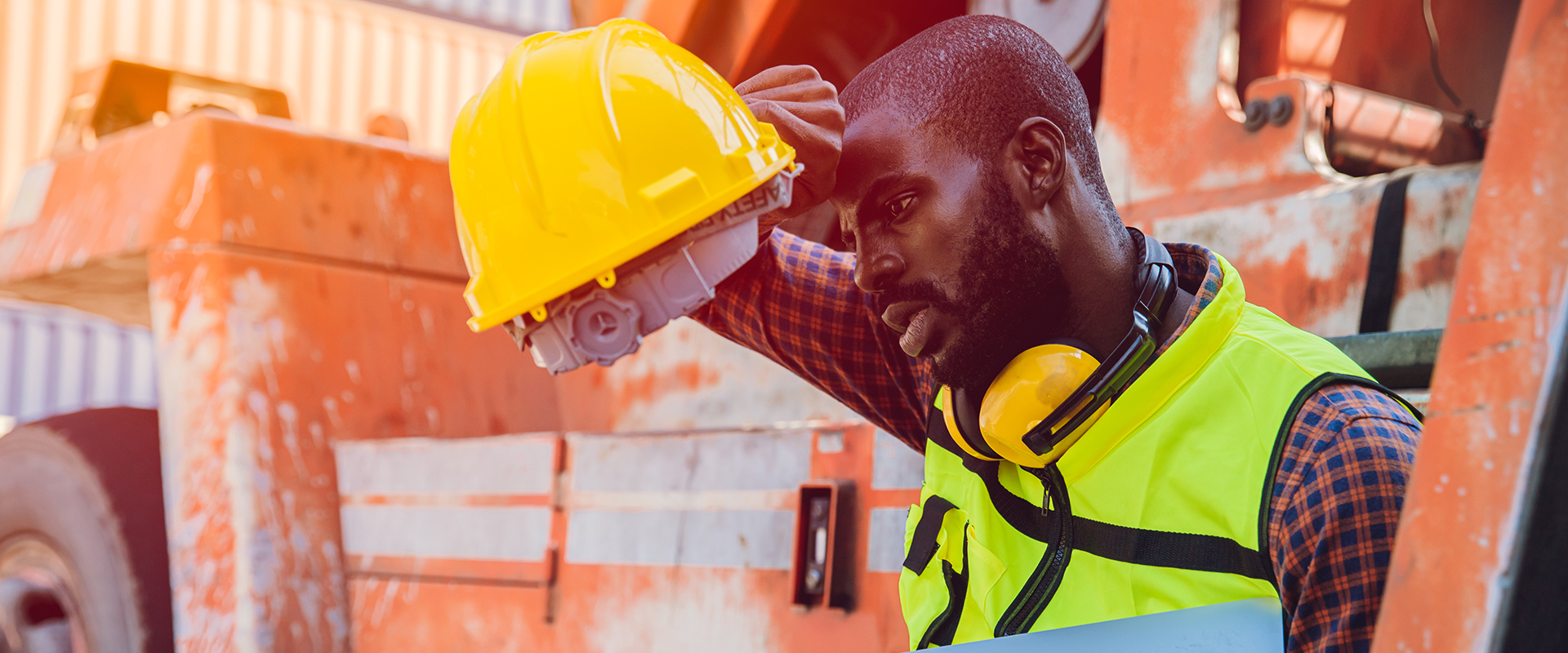
Did you know that nearly 70% of heat-related deaths happen within the first week of working in hot conditions? That’s why with summer swiftly approaching, it’s important for you and your team to be ready for increased temperatures and humidity by understanding the dangers of heat stress. Along with understanding these dangers, you should know how to prevent them and what tools you need to stay safe and cool on the job.
In this article, we’ll go over what heat stress is, the dangers of working in hot conditions and how to prepare for rising temperatures.
What is Heat Stress?
Heat stress occurs when your body cannot get rid of excess heat, causing your core temperature to rise and heart rate to increase. If your body isn’t cooled down, working in hot conditions can lead to sickness, irritability, loss of concentration or the loss of desire to drink fluids. In the worst cases, it can lead to fainting or even death.
Heat stress is typically caused by hot air and humidity, radiant heat, direct contact with hot objects or intense physical activities, and can result in heat-related illnesses.
Heat-Related Illnesses
Heat illnesses are severe medical conditions resulting from the body’s inability to cope with a particular heat load and include the following:
Heat Stroke
Heat stroke occurs when the body’s natural cooling mechanisms fail to regulate its temperature in hot and humid conditions, leading to a dangerously elevated body temperature above 104°F (40°C).
Exhaustion
Heat exhaustion is caused by prolonged exposure to high temperatures, especially when combined with dehydration. It occurs when the body loses too much water and salt through sweating, leading to an imbalance in electrolytes and an inability to regulate body temperature effectively.
Rhabdomyolysis
Rhabdomyolysis occurs when muscle breaks down and releases contents like myoglobin, creatine kinase (CK) and potassium into your bloodstream. When these substances accumulate in excessive amounts, they cause harm to the kidneys and other organs.
Syncope
Heat syncope is a type of fainting or dizziness that occurs when someone stands for too long or stands up too quickly while working in hot conditions. Contributing factors to this illness include dehydration and lack of heat acclimatization.
Cramps
Workers who sweat excessively during strenuous activity can suffer from heat cramps due to low salt levels in muscles caused by sweating. Heat cramps can also be a symptom of heat exhaustion.
Rashes
A heat rash is a skin condition that arises when sweat ducts become obstructed, trapping sweat beneath the skin. It typically affects areas of the body where skin folds or clothing creates friction, preventing sweat from evaporating properly.
How to Fight Heat Stress
Staying hydrated is one of the most effective measures you can take to prevent heat stress, as it helps keep the body cool and well-regulated. You should also use the proper PPE and cooling equipment to mitigate the temperature outside your body and in your workplace.
Keep Cool
Regulating and keeping your body cool is paramount to prevent heat stress. While hydration does help, it isn’t always enough. Consider using cooling solutions such as cooling PPE applied directly to your body to cool your core temperature.
Milwaukee® offers a line of cooling solutions designed to fit your body and cool your core, including helmet liners, sweatbands, skull caps and towels. Simply apply cooled water to each of these solutions for 30 seconds to work with up to four hours of cooling time.
Kimberly-Clark’s protective gloves and coveralls are built with ergonomic designs that allow air to easily circulate around the body. This helps to prevent overheating and excess sweating.
For the most extreme and hottest working environments, 3M offers air-purifying respirator kits. These kits are designed to streamline breathable air to your lungs and cool air to your face, helping to prevent overheating
Stay Covered
Staying shaded with hats and headwear can help prevent heat stress by reducing direct exposure to the sun’s rays, lowering the risk of overheating and sunburn.
Global Glove’s protective hats and head coverings are designed to keep your head cool and out of the sun. Global Glove’s line includes caps, neck shields and headbands. They are also colored safety yellow to aid visibility no matter where you are working.
Cool Your Workplace
Increasing air velocity and creating cooler areas in your workplace is another effective measure for regulating core temperatures. These cooler areas help to prevent overheating and create environments for effective worker breaks.
With Milwaukee’s line of cooling fans, you can easily increase airflow to your workplace, keeping you cool, regulated and ready for the day’s work.
You can also keep fluids and food cool with Milwaukee’s line of tumbler mugs and coolers.
Do you need more cooling solutions?
Explore products from our partner suppliers.
